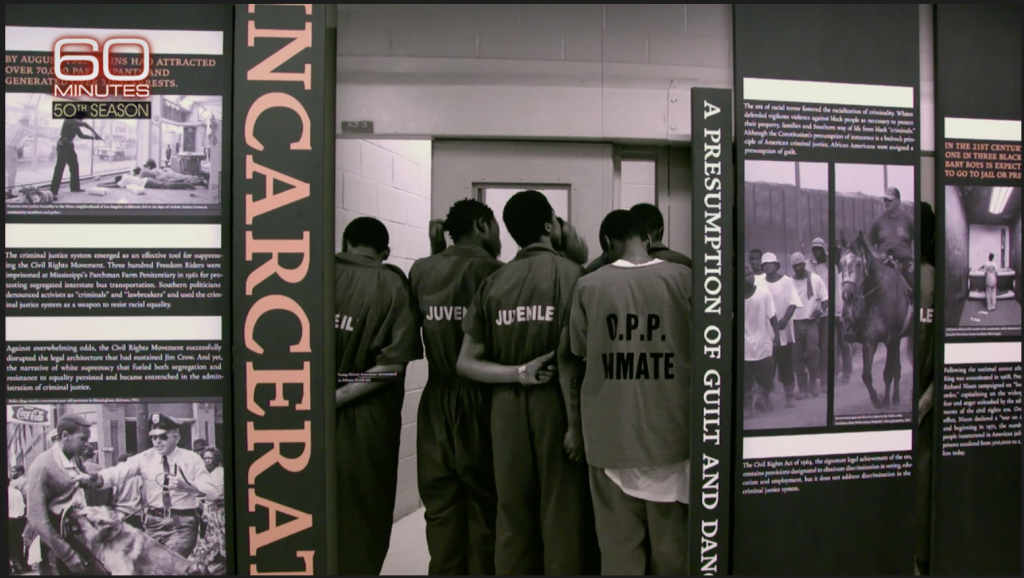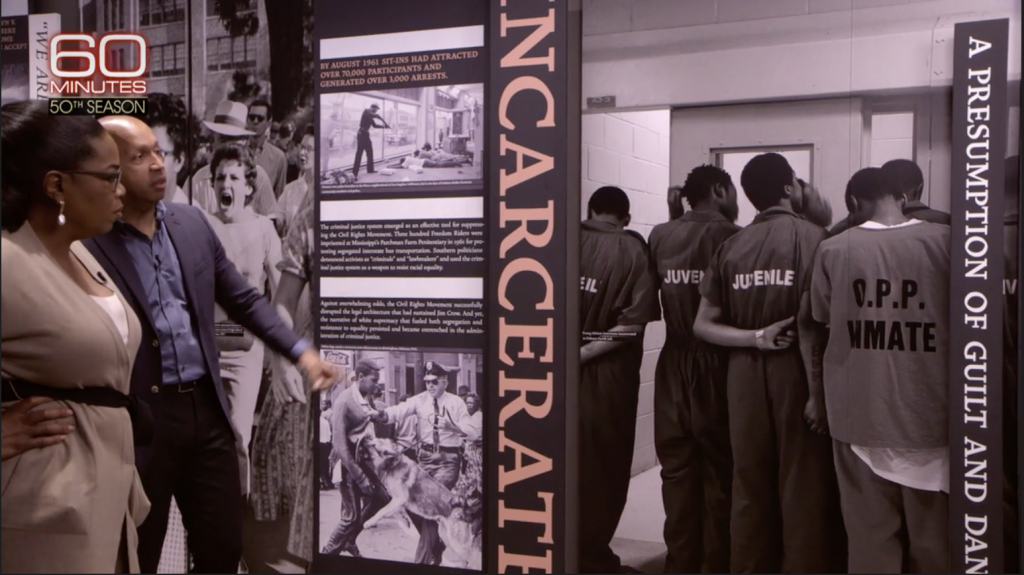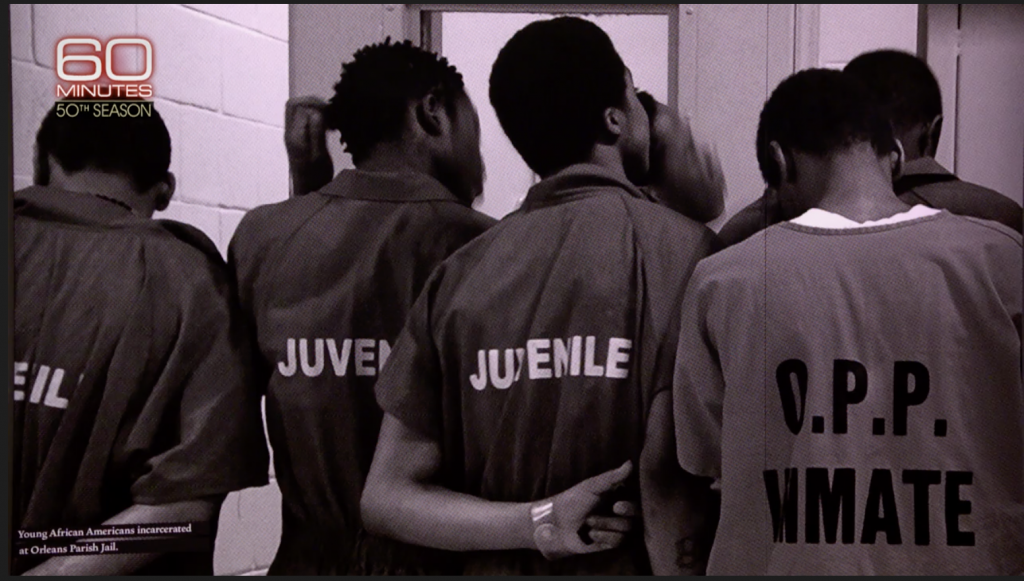Advocacy takes many forms and iterations. It was personally rewarding when someone of the stature of Bryan Stevenson discussed the work and the issues while looking at my images on 60 minutes last night. I do hope it influences people to consider the plight of these kids in the context of this great new museum in Montgomery. Thanks Bryan. Thanks Oprah. Thanks CBS.
kids
[Fusion] Why are so many kids serving time in juvenile jail? /
We are happy to share this great piece by Fusion. Back in February Fusion accompanied Richard Ross to document the kids behind bars in Tuscaloosa, Alabama. This piece is by the kids for the kids.
The video produced from that day:
https://www.youtube.com/watch?v=mJ_1CLm7Kbw
[Independent, KCRW] ISOLATED /
Simultaneously with the opening of Juvenile in Justice's exhibition titled ISOLATED, KCRW in Santa Barbara interviewed Richard on site in the gallery, and The Independent wrote a nice piece on the exhibition. Additionally, Santa Barbara City College's student-run newspaper also ran a short article.
We're thrilled to have the opportunity show in our hometown and invoke change in the solitary confinement practices of the California justice system.
The photos Ross takes are ordinarily designed to protect the privacy of his subjects, but his new installation was designed with an eye to invading the privacy of someone else — the viewer. “I like it that it’s distracting,” Ross says to me as the sound of taped testimony interrupts our conversation. “It should be distracting because that’s what life is like for these kids.” — Charles Donelan, writing for The Independent
[KCRW] World Isn't Worth Saving if the Price Is a Tear of an Innocent Child /
[audio mp3="https://www.juvenile-in-justice.com/wp-content/uploads/2015/07/at_2015-07-07-200122-119-0-0-0.64.mp3"][/audio]
Last night on KCRW's Art Talk Edward Goldman briefed listeners on Ross and his work to document the state of the juvenile justice system. Here is an excerpt from the show:
Ross was able to gain access to various American juvenile detention facilities, where kids as young as 10 are being incarcerated for an unreasonably long period of time – sometimes even in isolation. Part of the deal with detention authorities was that the kids' faces in these photographs should be blurred or not seen at all. Still, their body language and the way Ross composed his images speak loudly about the emotional devastation of this experience.
These images walk a fine line between documentary and an artistic statement, without diminishing the power of either. As a result, we are compelled to look at them, and to look at them again, paying attention to every detail, trying to comprehend what is going on with these kids. I wonder what Pope Francis and Justice Kennedy would have to say about these photos.
The full piece is on KCRW's website here.
[Mother Jones] These Photos Show What Life Is Like for Girls in Juvenile Detention /
Last week, Hannah Levintova wrote about Richard's work and featured some images on Mother Jones:
We confine and often demonize a group of kids who have been abused and violated by the very people who should be protecting and loving them," writes Ross, who also won a 2012 National Magazine Award for a photo collection on juvenile justice, in the preface. "These girls in detention and commitment facilities are further abused by an organized system that can't recognize or respond to their history and their needs…Is this the only solution we can offer?"
[Slate] What It’s Like to Be a Girl in America’s Juvenile Justice System /
Yesterday, Jordan Teicher published "What It’s Like to Be a Girl in America’s Juvenile Justice System" on Slate. The post contains nine of our images and a lovely interview by Jordan.
“We say, ‘It’s better than having them on the streets.’ But that doesn't address the issue of why their neighborhoods aren’t better places to live. Just by the zip codes they’re in. It’s more likely these kids will go to jail than college. The kid hasn’t failed; we’ve failed,” he said.
We are honored to be featured on Slate.



